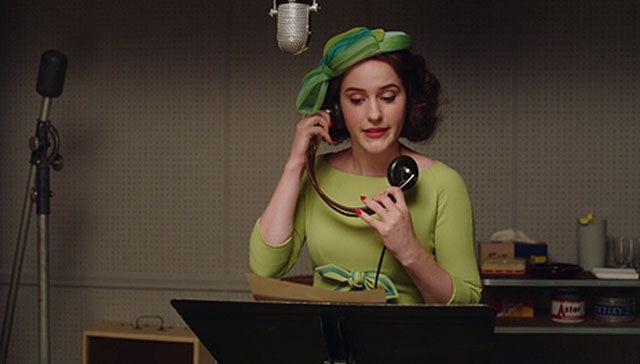Written by Terry Berland @berlandcasting for Backstage Industry Expert Advice.
Photo Source: Photo by Jonathan Velasquez on Unsplash.
After auditioning and casting thousands of voiceover talent, I gave a lot of thought to what makes a VO actor able to give great bookable auditions. There are a lot of articles that talk about VO technique, but I find a voiceover actor that has extremely bookable reads has a certain skill beyond technique. What is that skill and how do you step up to the mic beyond technique? The answer is to feel and sound connected and own the read. This comes from understanding the branding of both the spot and your voice.
Let’s look at my definition of branding. Each spot written and produced has an emotional impact that sends a message to the listener, appealing to their desire to purchase the product being advertised. There are several steps to learning how branding can help you become a successful VO artist. One is understanding the branding, or emotional appeal, of the spot. Some adjectives that would explain an emotional appeal are fun, upbeat, positive, trustworthy, understanding, inspiring, easy, magical, and empathetic.
To find the emotional appeal, you have to be able to identify the hints that are given to you. You do this by first looking at any visuals, then finding the keywords in the descriptions of the scenes, and finally looking at the voiceover or announcer voiceover words that you’re being asked to read. For example, some key phrases that brand a trustworthy emotion might be “commitment to you,” “common goal,” “interested in your future,” and “we understand.” Words that would give you a hint the spot is being branded with an inspiring feel could be “wondrous adventure,” “mystical,” and “marvel.” A few examples of words in the description of the visuals and sound effects that would give you hints of the emotional appeal being one of strength would be “wrecking ball,” “steel wall,” “riveting music,” and “sound of hammering.”
Another step is to become familiar with the branding of your voice. You can do this by reading copy and writing down and identifying the strongest characteristic of your voice in each read. Some examples of branding characteristics are fun, bright, vibrant, exciting, warm, direct, caring, reassuring, conversational, confident, relatable, honest, and informational.
I suggest you work with a professional in voiceover classes to help you find your brand. When I’m coaching, I find that some talent thinks they have a voice characteristic that they really don’t have. You can easily mix up strength in your acting performance with the branding sound of your voice. For instance, you may be able to play a wicked ominous character in a dramatic role, but the sound of your voice does not actually sound ominous.
Once you know your voice branding very well and can determine the branding of a spot, you can step up to the mic with confidence, embrace your read, and confidently support the emotional message of the work.
If you want to sharpen up on your voice-over technique, follow this link to Terry Berland’s Voice-Over workshops.








